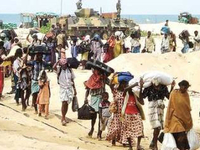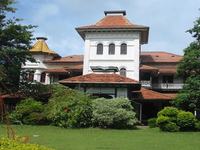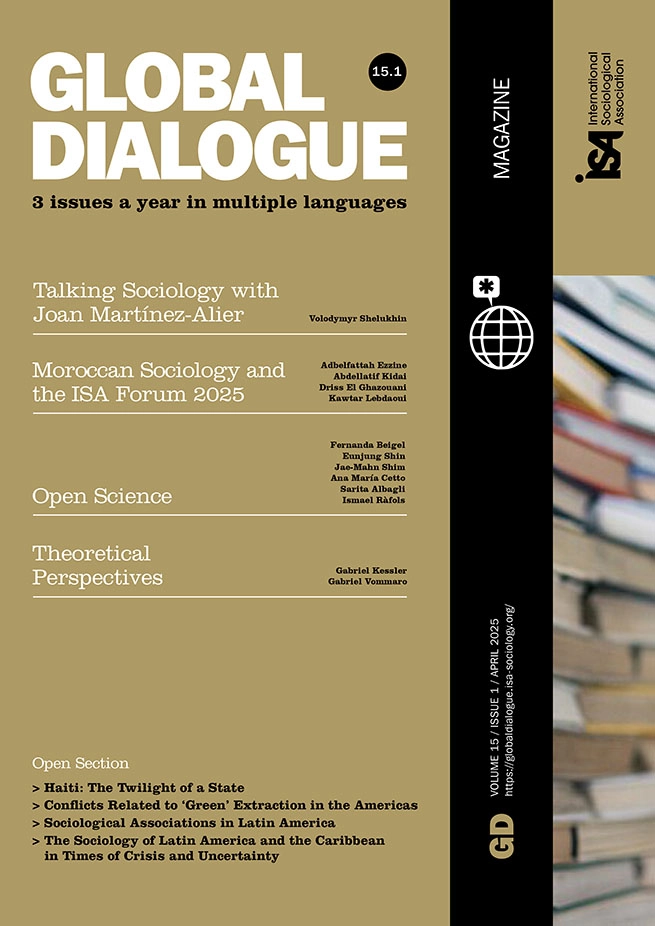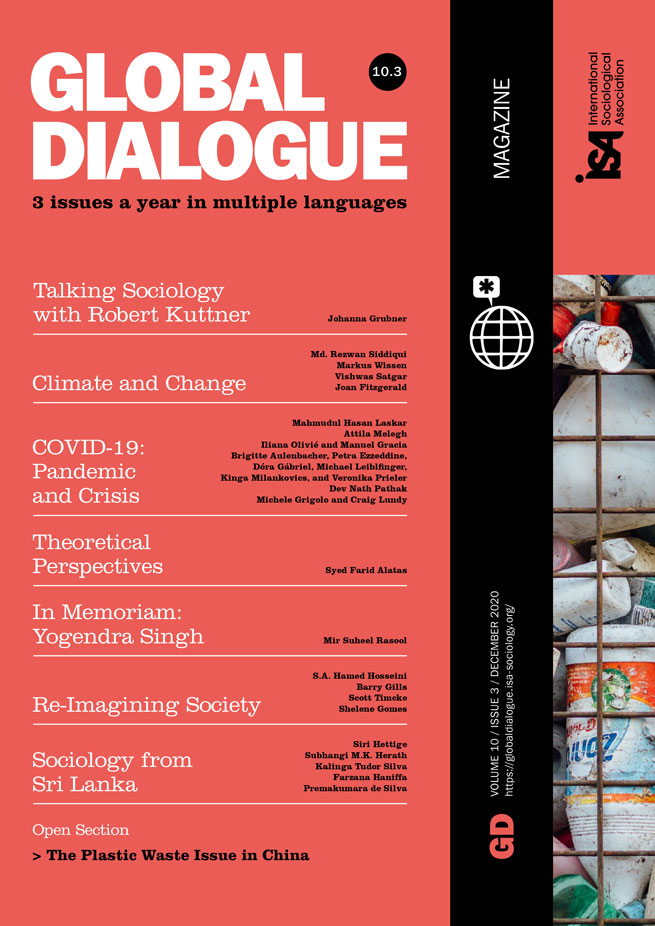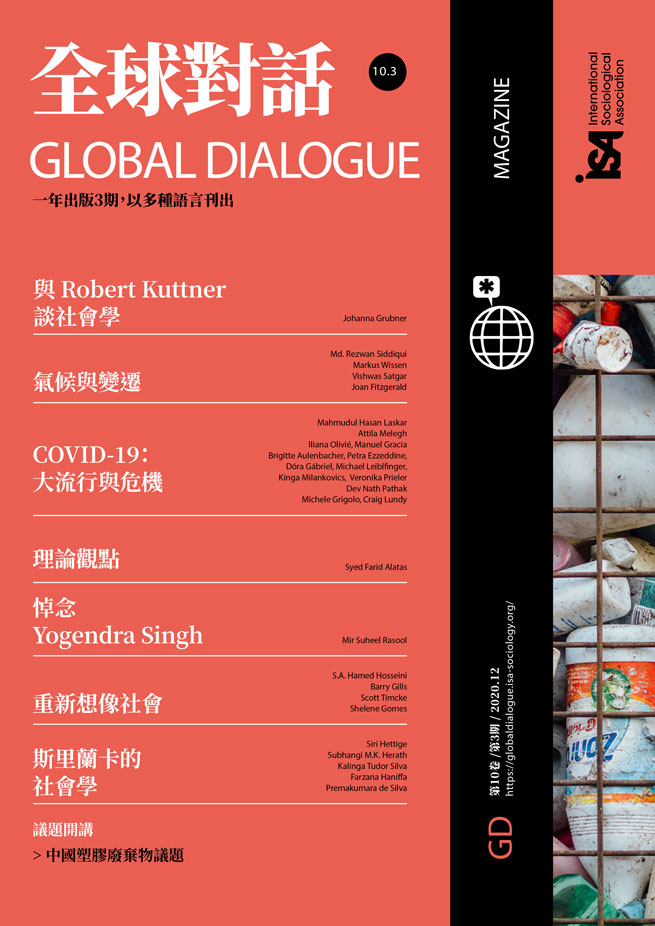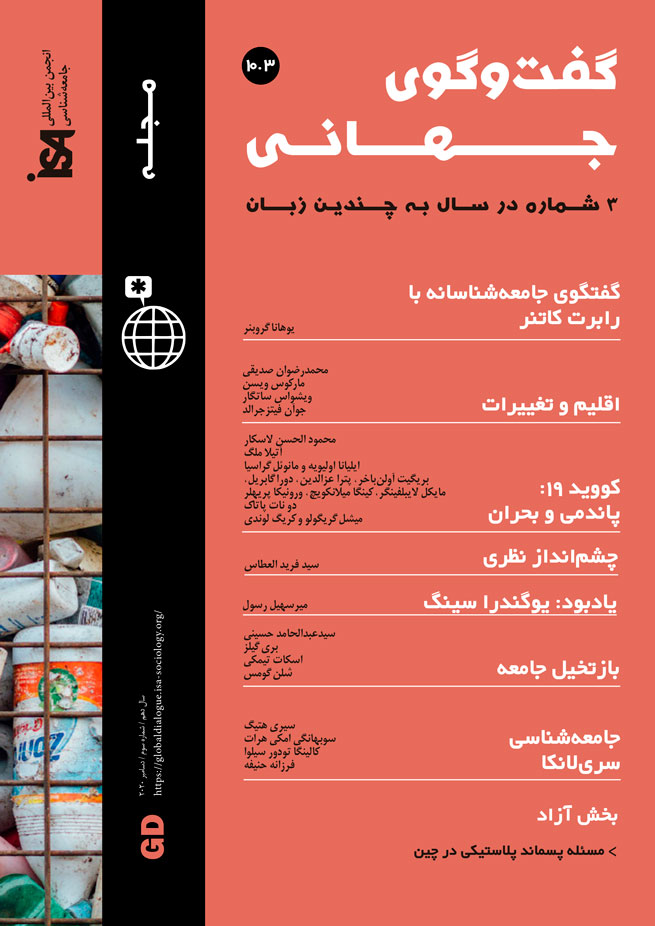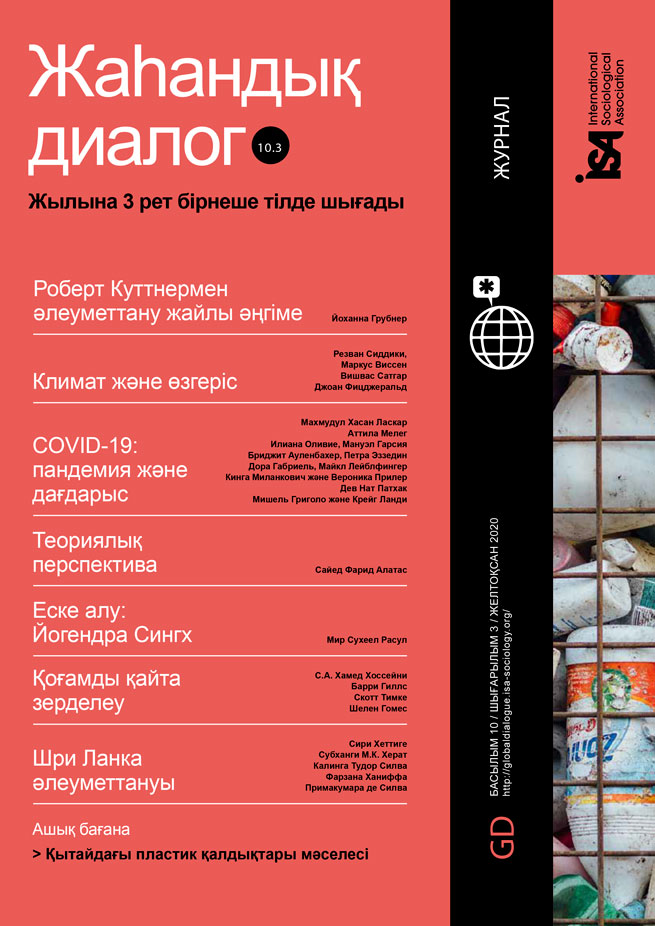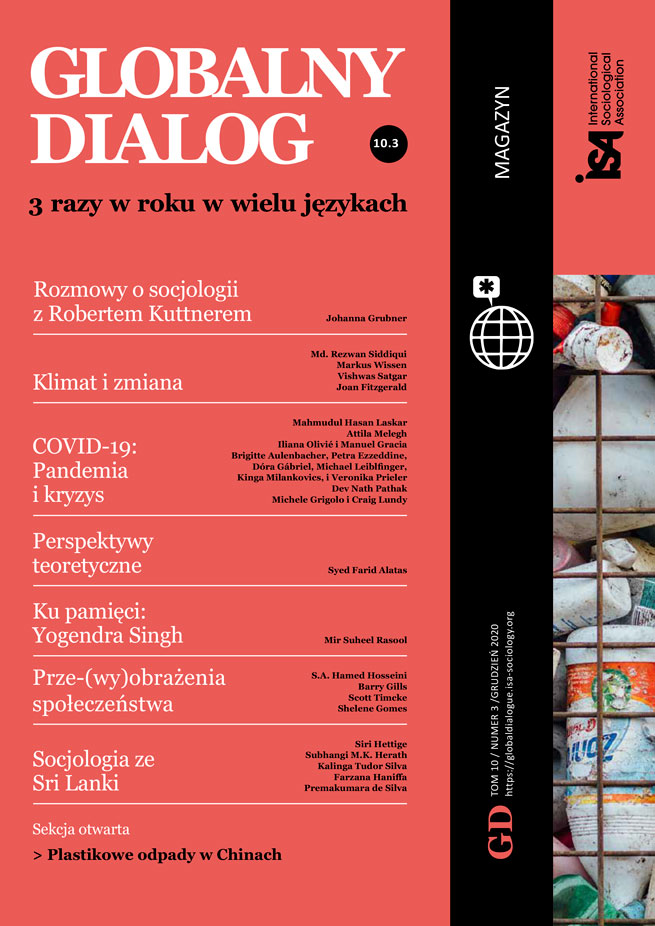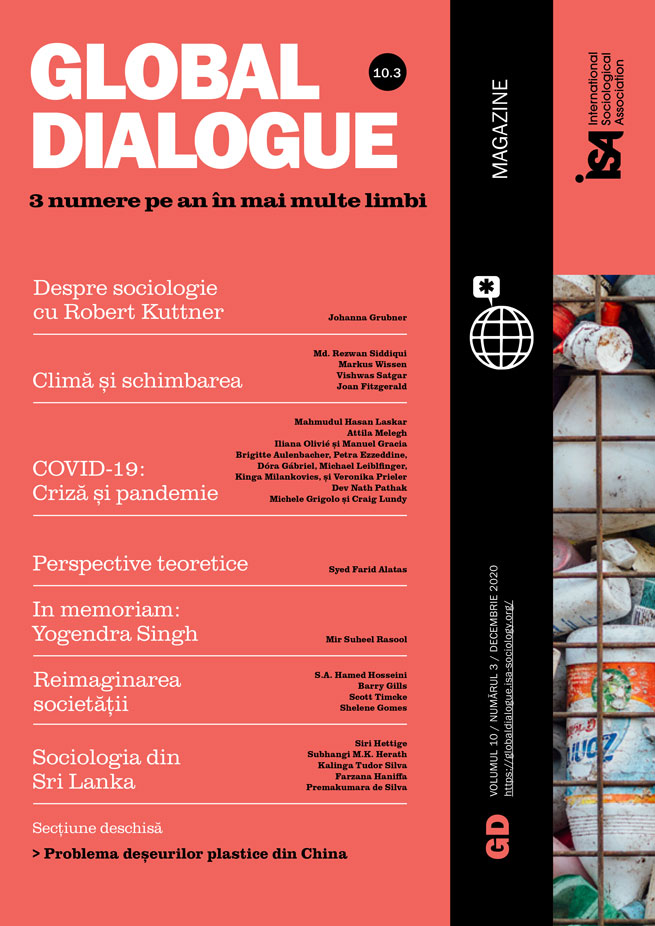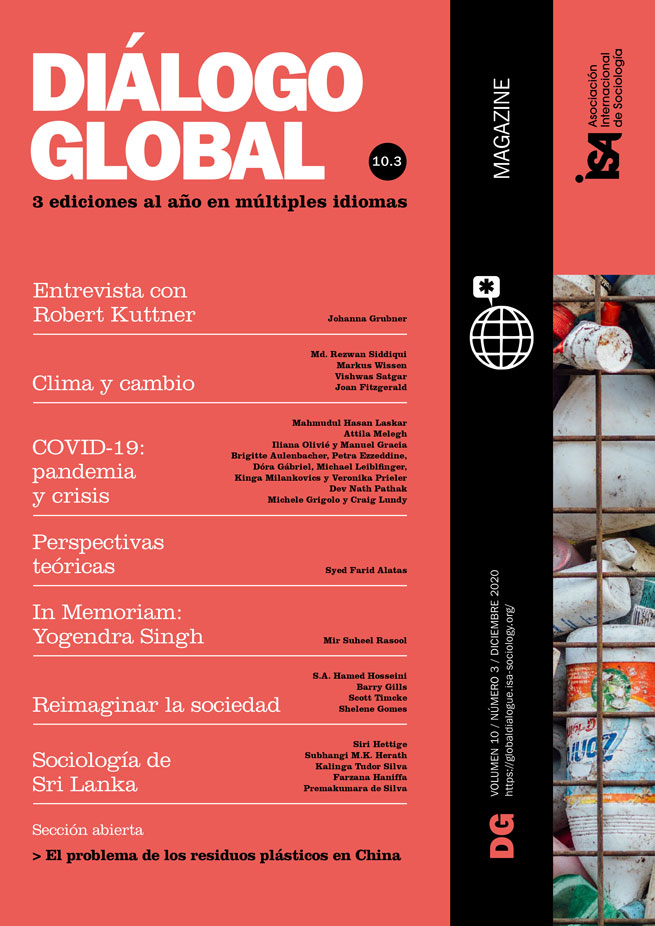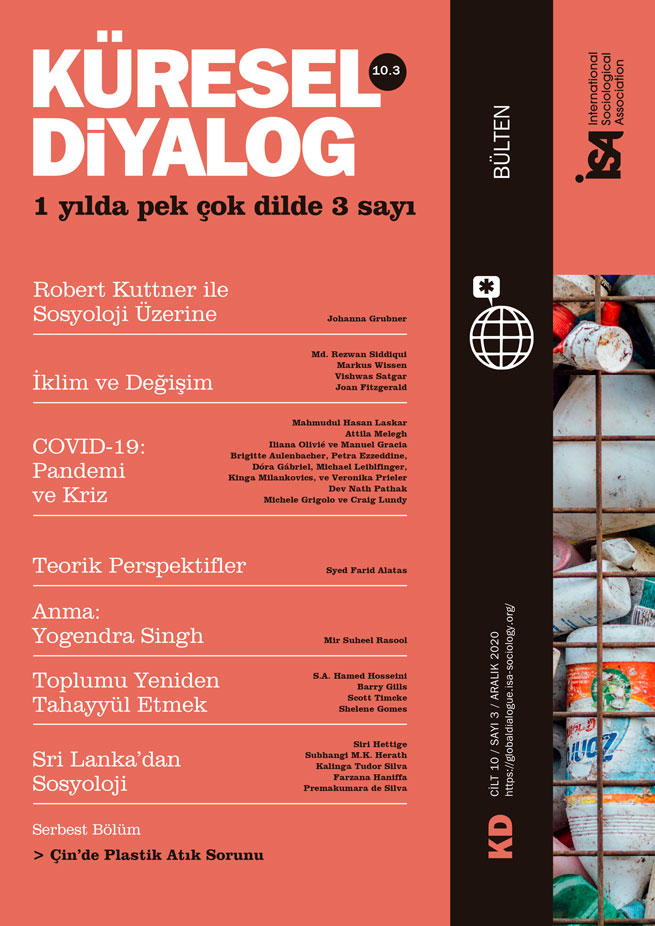July 1983 has now become a pivotal date in Sri Lanka that many look back on as signaling the beginning of the ethnic conflict. It is seen as the point that exemplifies the breakdown of relations between a mostly Sinhala southern government and Sri Lanka’s Tamils, and the beginning of Tamil out-migration and diaspora. It is also the point when, as Pradeep Jeganathan also discussed, the discipline of anthropology begins to take an interest in understanding “violence.”
There were several publications in the immediate aftermath of the violence of 1983. James Manor’s 1984 volume Sri Lanka in Change and Crisis saw contributions by a large group of anthropologists, many of whom were in Sri Lanka that July. Gananath Obeyesekere, Jonathan Spencer, Elizabeth Nissan and Roderick Stirrat contributed mini essays to the volume, all making important points. Stanley Tambiah followed just two years later and then Bruce Kapferer and much later, Valentine Daniel and Pradeep Jeganathan.
The backdrop to 1983
The United National Party (UNP) had been in power since 1977 and economic liberalization had been introduced to the country in 1978. The UNP regime’s authoritarianism was evident in the immediate aftermath of the 1977 elections (when the post-election anti-Tamil violence was permitted to continue unabated for close to one month). This trend increased and culminated a year before the riots in the Referendum of 1982 that permitted the sitting government - voted in with a two-third majority - to stay in power for an additional term without an election. The opposition to the referendum was significant and dealt with quite harshly by the UNP, mobilizing the large membership of its trade union, the Jathika Sevaka Sangamaya (JSS). The JSS itself had been created to undermine the Left parties’ support base within the trade union movement and its ideology was not one of socialism but of nationalism. The UNP’s threatening and terrorizing of all those in opposition, including the judiciary, is documented by Stanley Tambiah (1986) and Gananath Obeyesekere (1984) as the backdrop to the violence of 1983.
Anthropological analyses of the violence
1983 also spawned a slightly different set of writings within the country. Jani De Silva has documented the manner in which knowledge production in the aftermath of 1983 resulted in the important volumes Ethnicity and Social Change in Sri Lanka (1984) and Facets of Ethnicity in Sri Lanka (1987). The former attempted to dismantle the myth of (Sinhala) ethnic superiority, and the latter critiqued both Sinhala and Tamil nationalism and the structural features that enabled both. The social science critiques were a response to the “riot” with the hope that they would influence the discourse and policy.
Anthropologists seemed to also want to find a more substantive “cultural” explanation for the scale and brutality of violence that was not satisfactorily explained by merely describing the creation of the political and economic conditions of possibility for the event.
Scholars looked for ways to explain the anger and violence of the (mainly) Sinhalese mobs that one anthropologist characterized as “otherwise peaceful people.” Therefore we have analyses like that of Bruce Kapferer and to an extent that of Jonathan Spencer (although Spencer disagrees with Kapferer’s characterization). These attempt to see elements of a collective Sinhala consciousness as providing an explanatory framework for the nature of violence perpetrated in the space created by the UNP’s political excesses. Kapferer described the violence as demonic and argued that one explanation for the violence was the particular ontology of Sinhala consciousness that was similar to that which emerged in the demonic world of exorcism. In a complicated analysis that preserved the context in which the violence occurred, as well as the class antagonisms mobilized towards perpetrating violence, Kapferer likened the violence itself to an exorcism. Spencer saw it slightly differently as an extension of the manner in which politics enabled a release from the extraordinary decorum that was demanded of everyday social life among the Sinhalas. Spencer further argued that the attacks were due to the fact that the Liberation Tigers of Tamil Eelam (LTTE) “winning” in the north was them going “off script” from the stories told by the temple chronicle Mahavamsa. The Mahavamsa, a foundational text for Sinhala consciousness regarding the Tamils as well as for Sinhala history-writing, consistently depicted Sinhala kings as decimating “Tamil” invaders.
Valentine Daniel sees Sinhala and Tamil approaches to the past as pertinent to an understanding of the ferocity of the violence. Daniel argues that one of the structural conditions for the violence may be found in the discordance that stems from the different dispositions of two sets of peoples towards the past. The one he terms “Epistemic” and the other “Ontic.” Daniel concludes with the powerful and still persuasive insight that the refusal or the failure of recognition of the others’ mode of being embedded in these two orientations towards the self, and the anxieties and the “radical doubt” about one’s own identity caused as a result of this lack of recognition, can be understood as leading to the violence.
A politics of cultivated antagonisms
Both Daniel and Kapferer were critiqued for their “culturalist” and essentializing frameworks, with many calling for a better disaggregated analysis of who the perpetrators were and how they were organized. What is important to note however was that this way of thinking and writing about 1983 was in itself a way of understanding Sri Lanka’s politics of the time as essentially influenced by the antagonisms of Tamil and Sinhala nationalism. Such an analysis precluded an understanding of the structural features that seemed to necessitate the creation and maintenance of such agonistic and dyadic relations for the purpose of politics.
The productivity of this line of inquiry into violence was depleted with the far more extraordinary violence of the war. As a result, what these anthropologists saw - cultivated animosities taking on the meaning and status of primordial enmities - was not pushed further, possibly impeding a better understanding of a political system that requires the asserting of antagonisms. Today we are about a decade into the cultivation of another set of antagonisms - between Sinhalas and Muslims - and have already experienced an attack of horrifying magnitude by Islamic militants. We are currently unable to understand these developments other than through frames of international terrorism. It is timely that we revisit the production of knowledge regarding 1983 as a way, perhaps, of learning from that experience of cultivating enmities.
Farzana Haniffa, University of Colombo, Sri Lanka <ffhaniffa@gmail.com>
